DarkSide ransomware targets hidden files in disk partitions
Colonial Pipeline hackers are behind this new strain

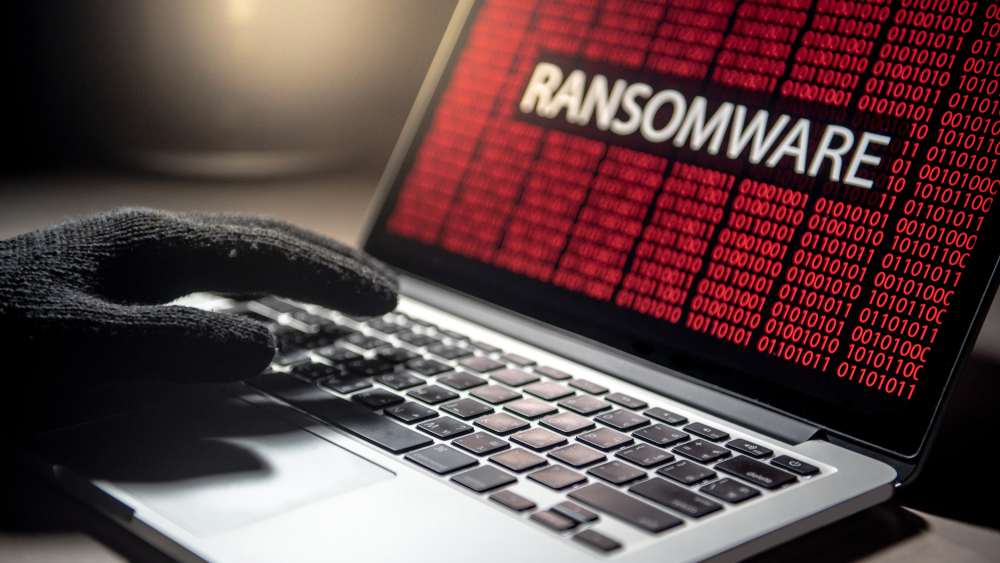
Security researchers have discovered that the hackers behind the Colonial Pipeline have developed a new strain of ransomware that targets disk partitions used to hide backup files.
With ransomware becoming more prevalent, administrators have hidden files on disks to prevent systems from being compromised. But according to Fortinet, the cyber criminal gang behind the DarkSide ransomware has developed a malware variant that looks for partitions on a multiboot system to find additional files to encrypt, thereby causing greater damage and an increased incentive to pay a ransom to recover files.
Researchers said this variant is not the version used to disrupt Colonial Pipeline operations. It was programmed efficiently with very little wasted space and minimal compiler bloat, which experts say is unusual for most malware. The file size is relatively small for malware (57,856 bytes) but can deliver a much larger than expected payload, warned researchers.
As well as looking for hidden partitions, the ransomware variant hunts for domain controllers within an organization and connects to its active directory via LDAP anonymous authentication, using a null password and a null username.
“This DarkSide variant may then use COM to interface with Active Directory itself. If successful, the malware attempts to delete certain variables, such as defaultNamingContext and dnsHostName,” said researchers.
Following a query of an organization’s Active Directory, the ransomware then attempts to encrypt files in network shares in this section of the code. Researchers noted that the variant avoids network shares named C$ and ADMIN$, as attempts to access them could trigger an alert.
RELATED RESOURCE

2021 state of email security report: Ransomware on the rise
Securing the enterprise in the COVID world
The variant also scans hard drives to carry out more actions. In this case, it scans the drive to see if it’s a multiboot system to find additional volumes/partitions to try and encrypt their files as well.
Sign up today and you will receive a free copy of our Future Focus 2025 report - the leading guidance on AI, cybersecurity and other IT challenges as per 700+ senior executives
Researchers said the malware’s C2 servers were co-located in the US with KingServers B.V.
“KingServers has been classified as a bulletproof host by the infosec community, and although based in the Netherlands, it has ties to Russia, where DarkSide is located,” said researchers.
Researchers added that due to the sophistication of its attacks and code, it’s also unlikely the mastermind of one person.
“The level of detail, effort, planning and time that the group has undertaken, not only creating the ransomware itself, but taking the time to note what data was stolen, the amount of data, what it contained (as well as how much data in GB), and then taken to organize and shame victims all highlight that this is the work of an organization with considerable resources and time,” added researchers.
Rene Millman is a freelance writer and broadcaster who covers cybersecurity, AI, IoT, and the cloud. He also works as a contributing analyst at GigaOm and has previously worked as an analyst for Gartner covering the infrastructure market. He has made numerous television appearances to give his views and expertise on technology trends and companies that affect and shape our lives. You can follow Rene Millman on Twitter.
-
 Can enterprises transform through startup theory?
Can enterprises transform through startup theory?In-depth For big corporations, the flexibility, adaptability, and speed of a startup or scale-up is often the total opposite of what’s possible within their own operations
-
 AI is creating more software flaws – and they're getting worse
AI is creating more software flaws – and they're getting worseNews A CodeRabbit study compared pull requests with AI and without, finding AI is fast but highly error prone
-
 15-year-old revealed as key player in Scattered LAPSUS$ Hunters
15-year-old revealed as key player in Scattered LAPSUS$ HuntersNews 'Rey' says he's trying to leave Scattered LAPSUS$ Hunters and is prepared to cooperate with law enforcement
-
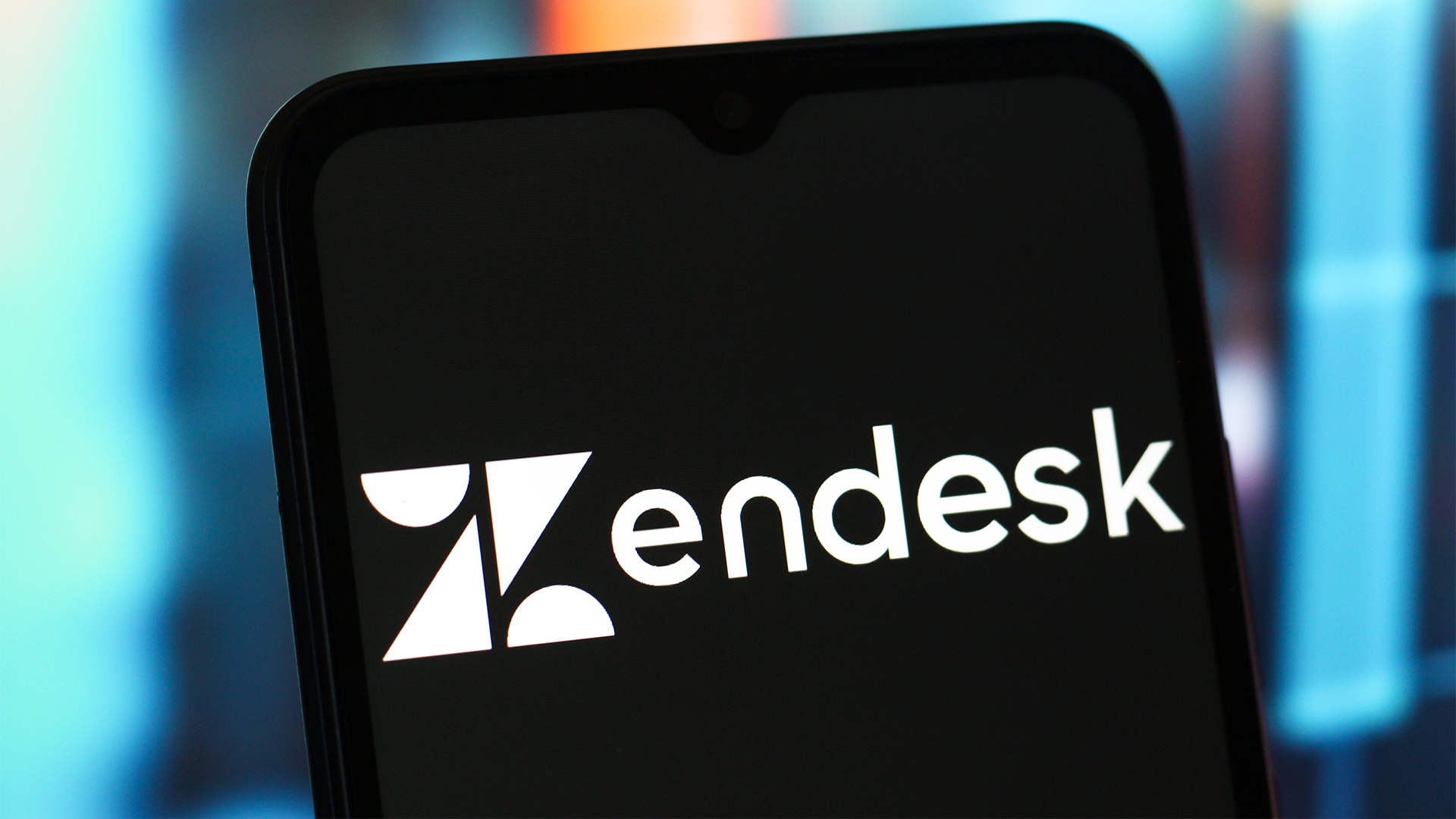 The Scattered Lapsus$ Hunters group is targeting Zendesk customers – here’s what you need to know
The Scattered Lapsus$ Hunters group is targeting Zendesk customers – here’s what you need to knowNews The group appears to be infecting support and help-desk personnel with remote access trojans and other forms of malware
-
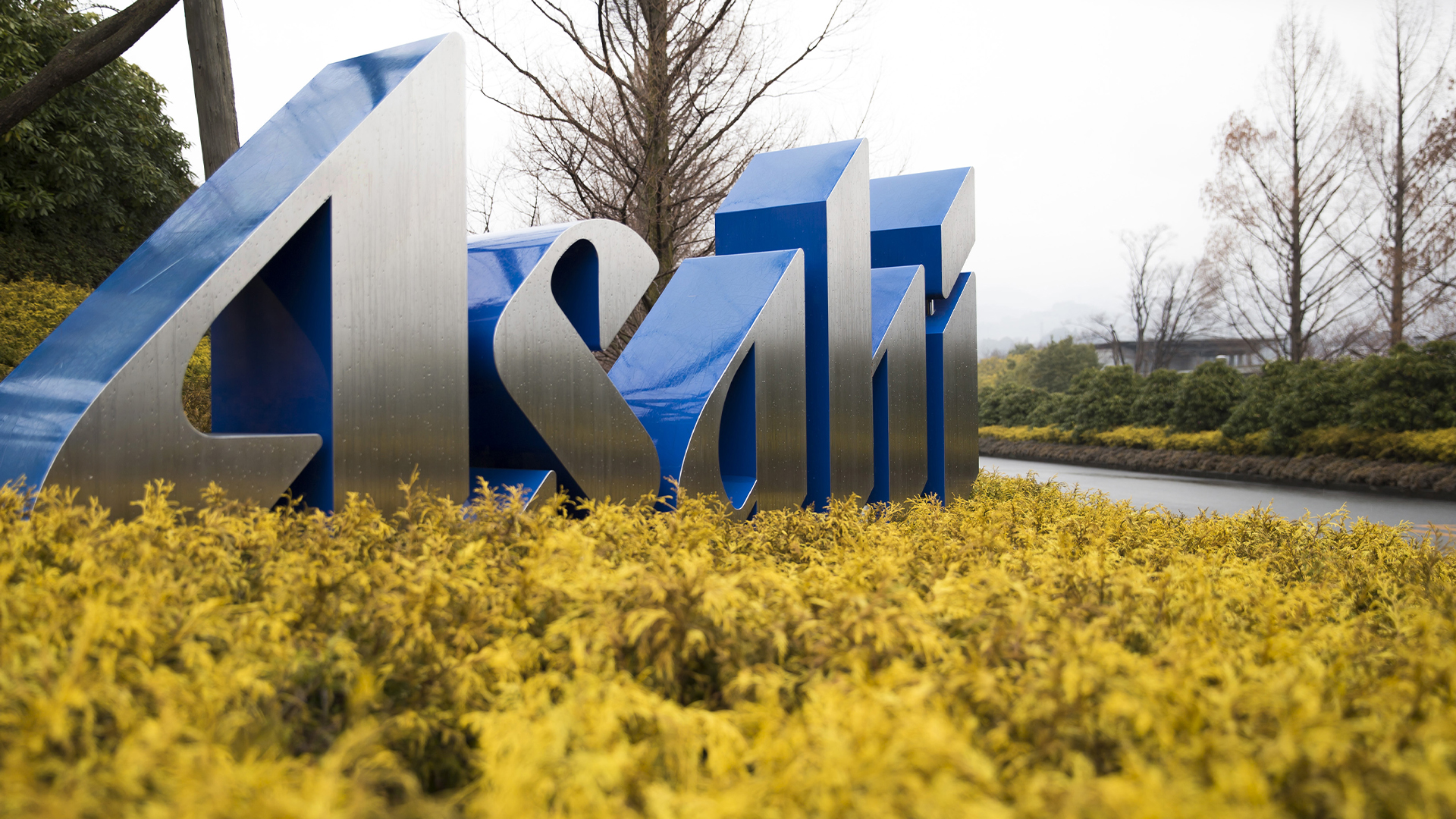 Impact of Asahi cyber attack laid bare as company confirms 1.5 million customers exposed
Impact of Asahi cyber attack laid bare as company confirms 1.5 million customers exposedNews No ransom has been paid, said president and group CEO Atsushi Katsuki, and the company is restoring its systems
-
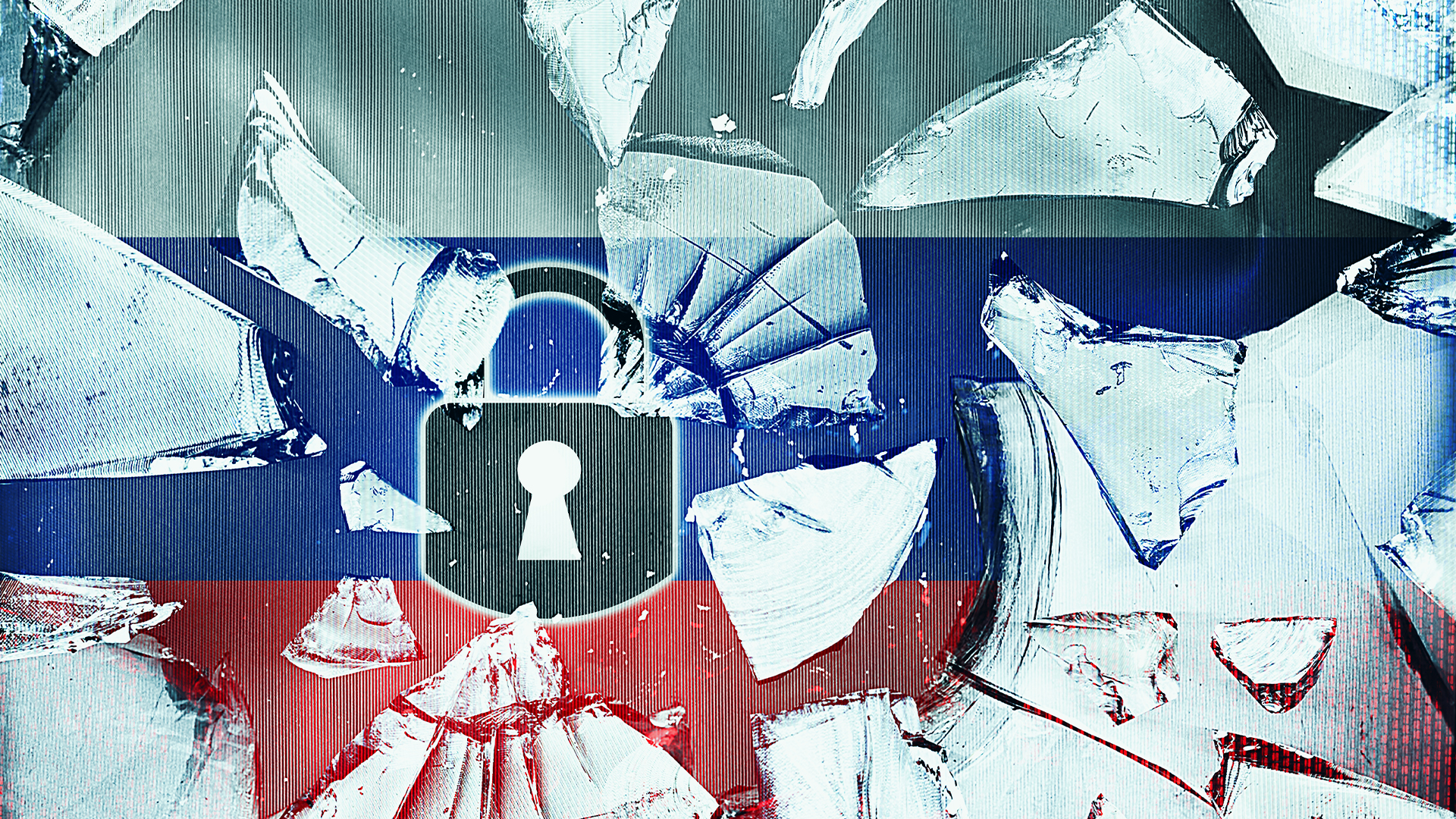 The US, UK, and Australia just imposed sanctions on a Russian cyber crime group – 'we are exposing their dark networks and going after those responsible'
The US, UK, and Australia just imposed sanctions on a Russian cyber crime group – 'we are exposing their dark networks and going after those responsible'News Media Land offers 'bulletproof' hosting services used for ransomware and DDoS attacks around the world
-
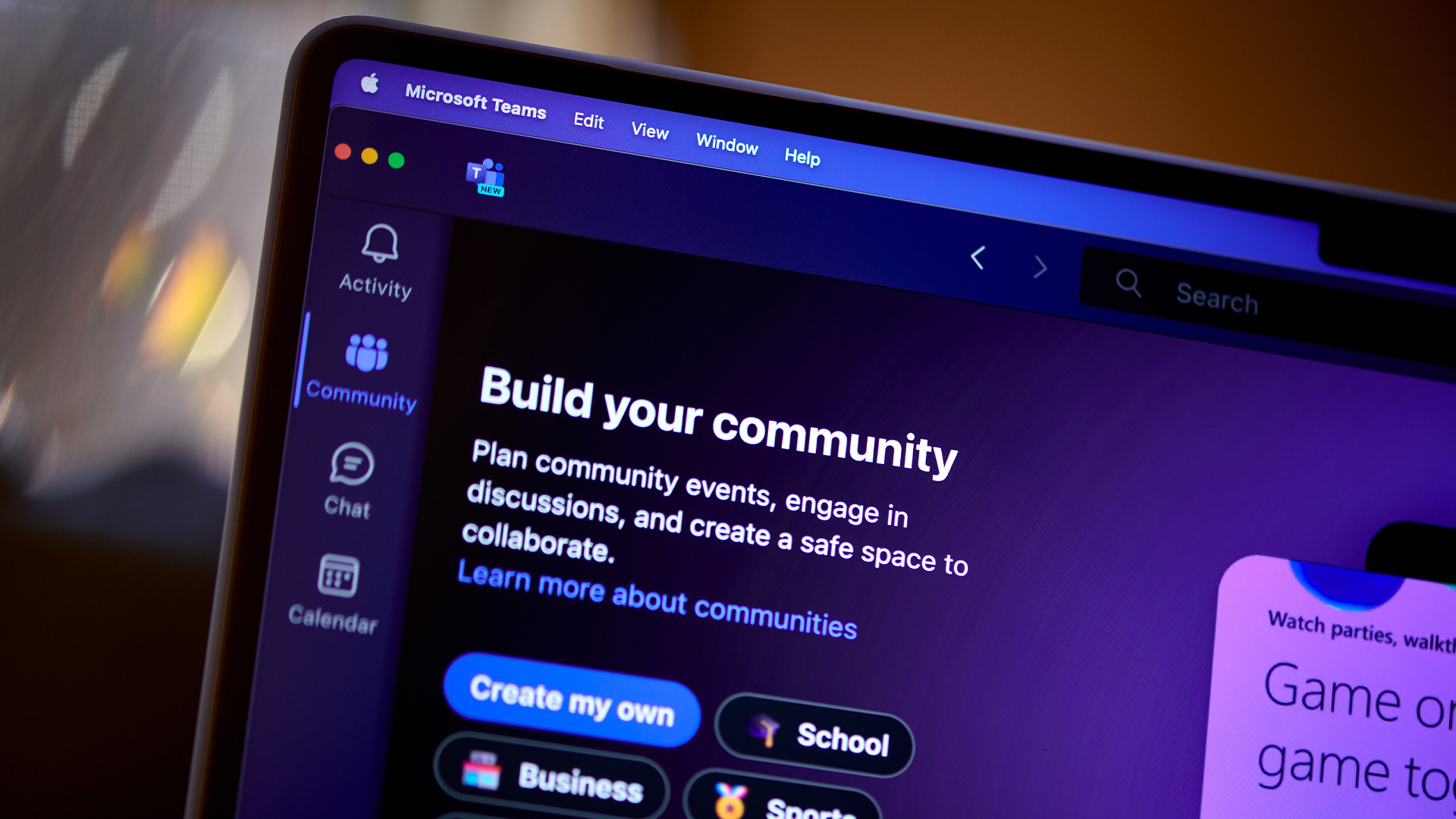 A notorious ransomware group is spreading fake Microsoft Teams ads to snare victims
A notorious ransomware group is spreading fake Microsoft Teams ads to snare victimsNews The Rhysida ransomware group is leveraging Trusted Signing from Microsoft to lend plausibility to its activities
-
 Volkswagen confirms security ‘incident’ amid ransomware breach claims
Volkswagen confirms security ‘incident’ amid ransomware breach claimsNews Volkswagen has confirmed a security "incident" has occurred, but insists no IT systems have been compromised.
-
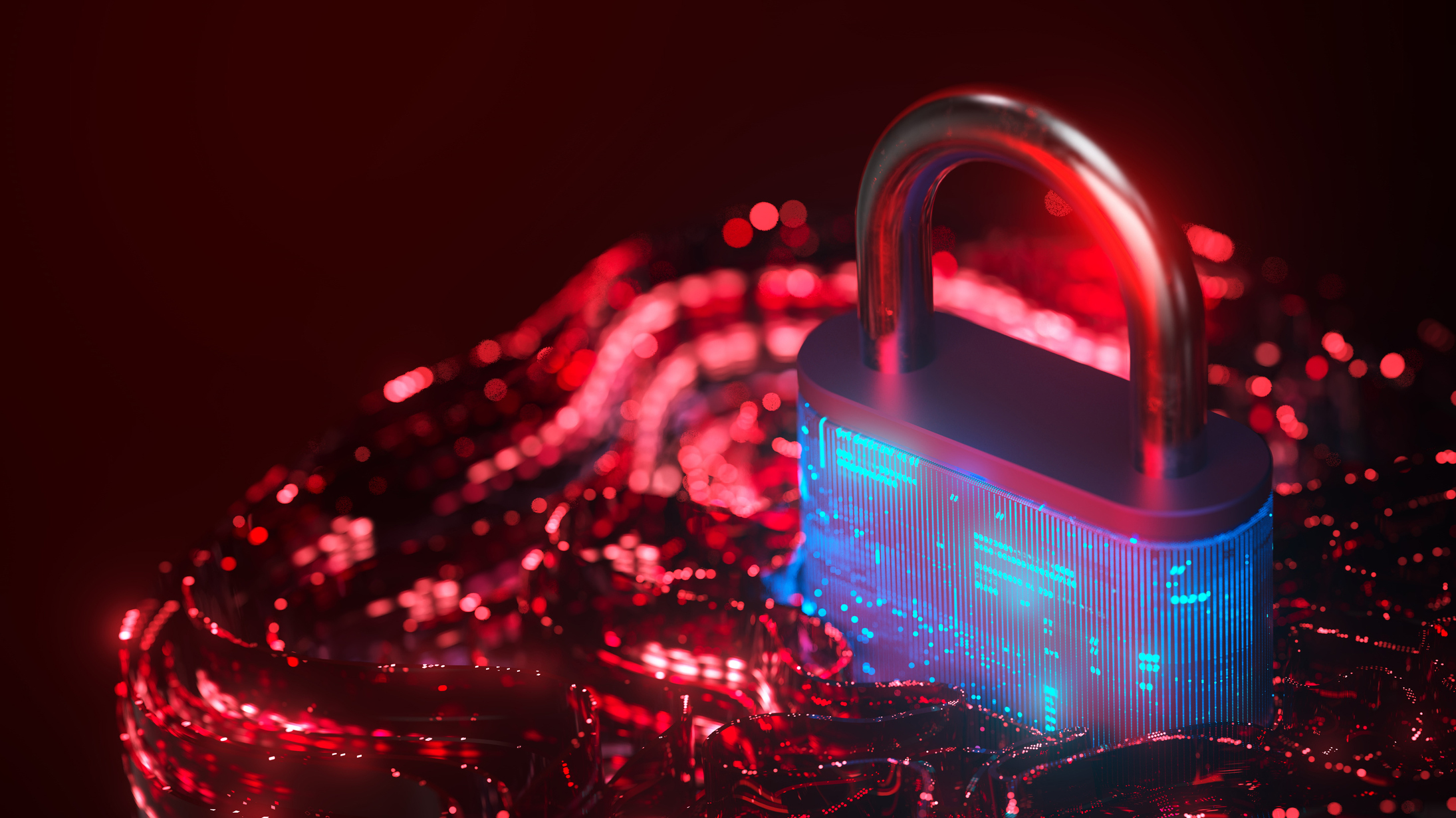 The number of ransomware groups rockets as new, smaller players emerge
The number of ransomware groups rockets as new, smaller players emergeNews The good news is that the number of victims remains steady
-
 Teens arrested over nursery chain Kido hack
Teens arrested over nursery chain Kido hacknews The ransom attack caused widespread shock when the hackers published children's personal data
